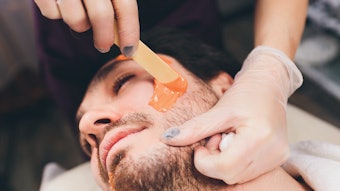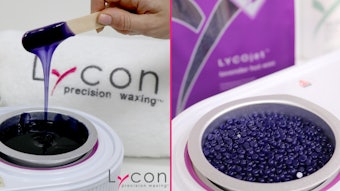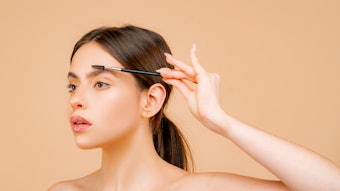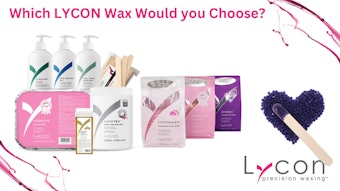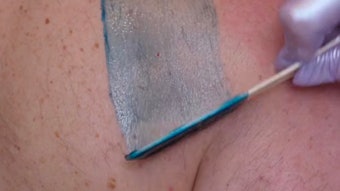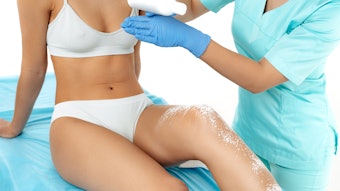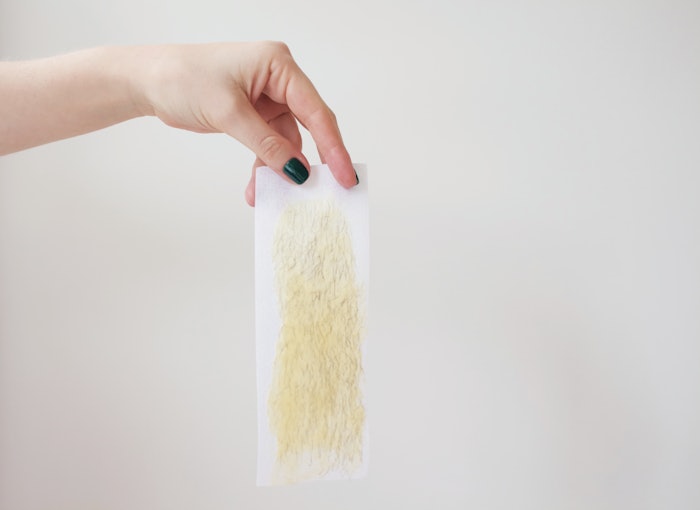
Let’s be honest—waxing can totally feel like a love-hate relationship…for both clients and us pros.
Log in to view the full article
Let’s be honest—waxing can totally feel like a love-hate relationship…for both clients and us pros.
On the one hand, we absolutely love that silky-smooth skin that practically screams confidence and top-tier hygiene. On the other hand? Sometimes it’s not all glow and glamour. We’re talking about those uninvited guests—bumps, burns and blotches—that crash the waxing party with zero shame.
Adverse reactions during or after waxing can be alarming, but the best solution is being prepared. That means knowing how to prevent and manage these issues, while educating our clients on how to keep their skin calm, happy and worth showing off. Even seasoned waxers run into these problems! Some reactions—like burns, bruises and skin lifting—are totally avoidable with proper care and good technique. Others? Not so much, but that’s where your expertise and skin-safety game come in.
Let’s break down three of the most common waxing woes and how we can minimize their impact.
RED ALERT: Redness (aka Erythema)
What It Is:
That sudden post-wax blush? It’s your client’s skin shouting, “Whoa, what just happened?!”
Why It Happens:
Waxing pulls hair from the root. Your skin sees this as a tiny trauma and reacts with inflammation—cue the redness. Depending on your client’s skin sensitivity, it might show up as a subtle pink flush or a deeper red with small welts or itching. This could also signal irritation, a histamine reaction or even a mild allergy. Lighter Fitzpatrick types (I–II) and clients with coarse hair tend to react more noticeably.
Normalize reactivity, not sensitivity.
Reactive skin is a normal response and can happen to anyone. Sensitivity is a bit different—it’s usually tied to an underlying skin condition or allergy.
Avoid It:
Prepping the skin with the right products makes a huge difference. Always check the intake form for allergies or sensitivities, especially to ingredients in pre- or post-wax products. If you’re using a highly concentrated formula, keep it minimal.
Your wax choice matters, too. Go for a gentle, hypoallergenic cream wax with synthetic resins and fewer natural additives like colorants and fragrances. Don’t forget to advise clients to skip caffeine and alcohol before their appointment—both can increase skin sensitivity and blood flow.
Fix It:
Post-wax, apply a cold compress or soothing aloe vera gel. Want to elevate your service? Offer a calming mask as an add-on. It boosts your revenue and gives your client a little extra TLC. Redness usually fades within minutes to a few hours, depending on the individual’s sensitivity.
A REAL PAIN IN THE—: Ingrowns
What It Is:
Those pus-filled bumps that pop up a day or two post-wax? Yeah, they’re the worst, especially in areas like the bikini line, chest or back. If you notice large, painful bumps, it’s worth suggesting your client see a medical professional to rule out hidradenitis suppurativa—a chronic skin condition that mimics ingrowns.
Why It Happens:
Open hair follicles are basically open invitations for bacteria. Add heat, sweat or friction to the mix, and boom: ingrowns. They happen when a hair curls back into the follicle, either due to the hair’s texture or blocked pores from dead skin.
Avoid It:
Are clients actually following the aftercare you told them about? Exfoliation is key—24 hours after waxing, not before—with a gentle scrub or a chemical exfoliant like AHA or BHA. Loose, breathable clothing also helps minimize friction and irritation.
Fix It:
Apply an ingrown serum or a non-comedogenic acne treatment. If the skin itches as the hair grows back, gentle exfoliation can help, and unless you're a trained professional, don’t try to extract those suckers—it's not worth the risk of infection or scarring.
BUMPY RIDE: Pimples & Folliculitis
What It Is:
Folliculitis might look like acne, but it’s actually just inflammation of the hair follicles. No need to panic—though it can definitely look scary.
Why It Happens:
Freshly waxed follicles can be irritated by bacteria, sweat or tight clothing. It’s most common in hot, humid areas or spots with friction (like backs, chests and intimate zones). Facial waxing can trigger bumps, especially if your client isn’t keeping up with a consistent skin care routine.
Avoid It:
Tempting as it is to touch that freshly waxed skin—don't. Stress this to your clients. Always shower after workouts and avoid steamy environments for 24–48 hours. That means no saunas, hot tubs or steamy showers, and sorry, no sexy time either. Also, suggest that your clients bring a clean shirt to change into after waxing large areas like the back or chest.
Fix It:
High-frequency therapy is a fabulous add-on that zaps bacteria with ozone, helping to reduce breakouts. At home, a warm compress followed by an over-the-counter antibiotic cream works wonders. Antibacterial soap or body wash can help prevent breakouts, too, and no popping those bumps—spreading bacteria = more problems.
Final Thoughts: Wax Smart, Wax Safe
These reactions aren’t exclusive to waxing—they can happen with any form of hair removal, but with the right prep, technique, products and post-care, you can keep the drama to a minimum and the glow to a maximum.
Whether your client is a waxing virgin or a total waxaholic, your knowledge and guidance go a long way. So, stay informed, stay calm and help every client feel smooth, safe and confident in their skin.

